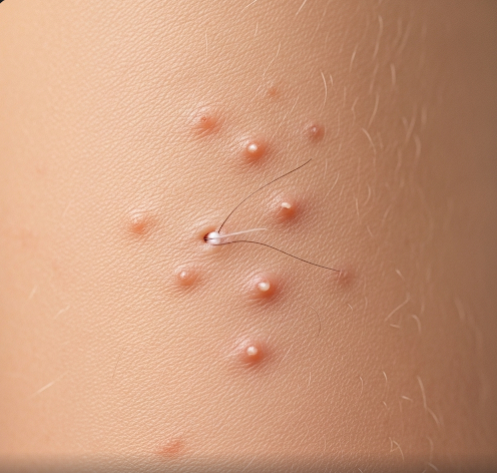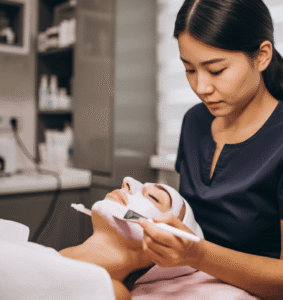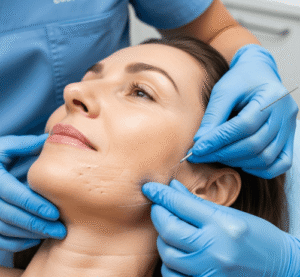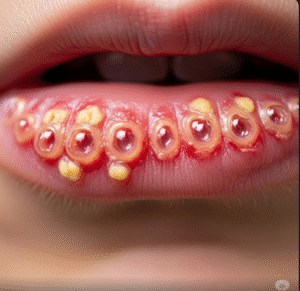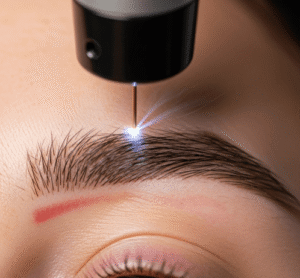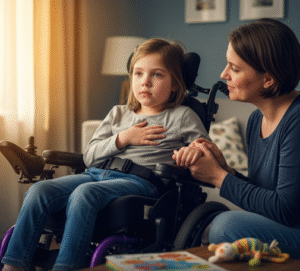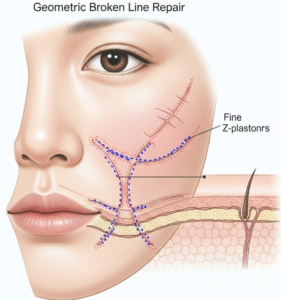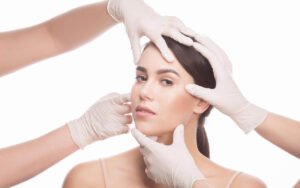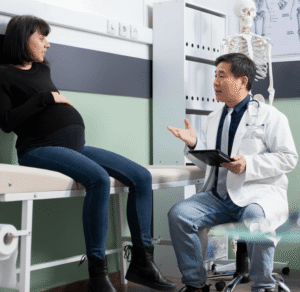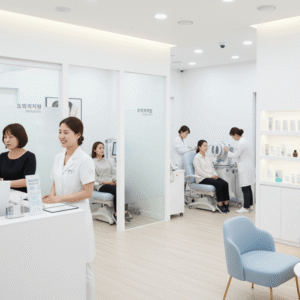Overview
Keratosis Pilaris (KP) is a common, benign skin condition affecting millions worldwide. It manifests as small, rough bumps that feel like sandpaper and are often described as “chicken skin.” These bumps usually appear on the outer upper arms, thighs, cheeks, or buttocks, though they can occur anywhere on the body. KP results from a buildup of keratin, a protective skin protein, which clogs the openings of hair follicles and prevents normal skin shedding. Though harmless and painless, KP can cause cosmetic concerns and mild irritation. Korea is well-known for its cutting-edge dermatological care, offering specialized treatments that combine the latest medical technology with advanced skincare regimens to effectively manage KP and improve skin texture.
What Is Keratosis Pilaris?
Keratosis Pilaris is a disorder of keratinization, where keratin — the fibrous structural protein that protects skin — accumulates excessively around hair follicles, forming plugs. These plugs block the follicle openings, creating the signature small bumps. KP is often inherited, running in families, and tends to develop in childhood or adolescence. Although the exact cause of this keratin overproduction is unknown, it is thought to be linked to genetic factors that affect skin cell turnover and follicular keratinization.
KP is sometimes associated with other dry skin conditions such as atopic dermatitis (eczema) and tends to worsen in dry, cold weather. While KP can improve or disappear with age, some individuals experience persistent symptoms well into adulthood.
Symptoms
The symptoms of KP are distinctive and include:
- Numerous small, flesh-colored or red bumps concentrated mainly on the upper arms, thighs, cheeks, and buttocks
- The texture of the affected skin is rough and dry, resembling sandpaper
- Occasional mild itching or irritation, particularly during dry or cold seasons
- Sometimes slight redness or inflammation around the bumps
- The skin may feel tight or rough to the touch
- Symptoms often worsen during winter months due to decreased humidity and improved during summer
Causes
The underlying cause of KP is the excessive production and accumulation of keratin that blocks hair follicles. This leads to the formation of keratin plugs and subsequent bumps. Other factors that contribute include:
- Genetic predisposition: KP often runs in families, indicating a hereditary component.
- Dry skin: Skin dryness worsens keratin buildup and roughness.
- Abnormal keratinization: Defective skin cell shedding and follicular plugging disrupt normal skin renewal.
- Coexisting skin conditions: Atopic dermatitis and ichthyosis can increase KP severity.
- Environmental factors: Cold, dry climates exacerbate symptoms.
Risk Factors
Certain factors increase the likelihood and severity of KP:
- Family history of KP or similar skin conditions
- Age: Most common in children and adolescents, though it can persist in adults
- Skin type: People with dry or sensitive skin are more prone
- Seasonal changes: Symptoms worsen in dry, cold weather and improve in warm, humid conditions
- History of eczema or other inflammatory skin disorders
Complications
KP is generally a harmless cosmetic condition with no serious complications. However:
- Persistent rough, bumpy skin can lead to self-consciousness or lowered self-esteem
- Itching or irritation may cause discomfort
- Excessive scratching or irritation can lead to skin damage or secondary infection
- In rare cases, hyperpigmentation or scarring may occur from chronic inflammation or scratching
Prevention
While KP cannot be completely prevented due to its genetic nature, symptom control and flare-up reduction are possible through:
- Maintaining skin hydration using regular moisturizers and emollients
- Avoiding harsh soaps, hot water, and over-washing which dry the skin further
- Gentle exfoliation to remove dead skin cells and keratin plugs without causing irritation
- Using humidifiers in dry environments to maintain skin moisture
- Wearing comfortable, non-irritating clothing to prevent friction
Treatment Options in Korea
Korea’s dermatology clinics offer a comprehensive range of treatments for KP, utilizing the latest technologies and evidence-based methods:
- Topical Exfoliants:
Creams and lotions containing alpha hydroxy acids (AHAs) like lactic acid or glycolic acid, beta hydroxy acids (BHAs) such as salicylic acid, or urea help to soften keratin plugs and promote gentle exfoliation. Regular use improves skin texture and reduces bumpiness. - Moisturizers and Emollients:
Hydrating agents rich in ceramides, glycerin, and natural oils restore the skin barrier and maintain moisture, preventing dryness that exacerbates KP. - Prescription Retinoids:
In moderate to severe cases, topical retinoids (vitamin A derivatives) can regulate skin cell turnover and reduce follicular plugging, though they may cause irritation initially. - Laser and Light-Based Therapies:
Fractional laser treatments and intense pulsed light (IPL) can target redness and inflammation associated with KP, improving skin tone and texture. These treatments stimulate collagen remodeling and reduce visible bumps. - Professional Skin Care Treatments:
Korean dermatologists may offer chemical peels, microdermabrasion, or gentle dermabrasion to deeply exfoliate and smooth the skin surface. Customized protocols ensure safety and effectiveness. - Personalized Skincare Counseling:
Korean clinics emphasize patient education, providing guidance on suitable skincare routines, lifestyle modifications, and products tailored for sensitive or KP-prone skin.

